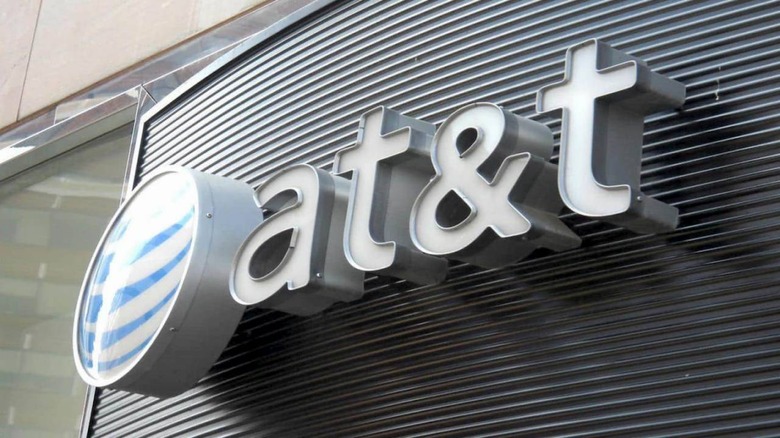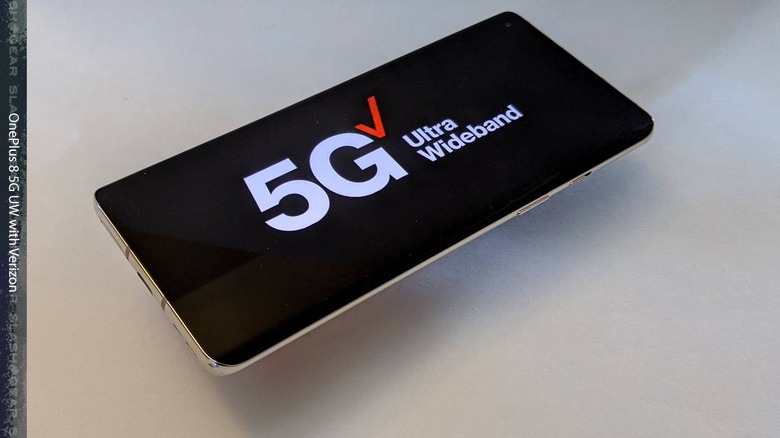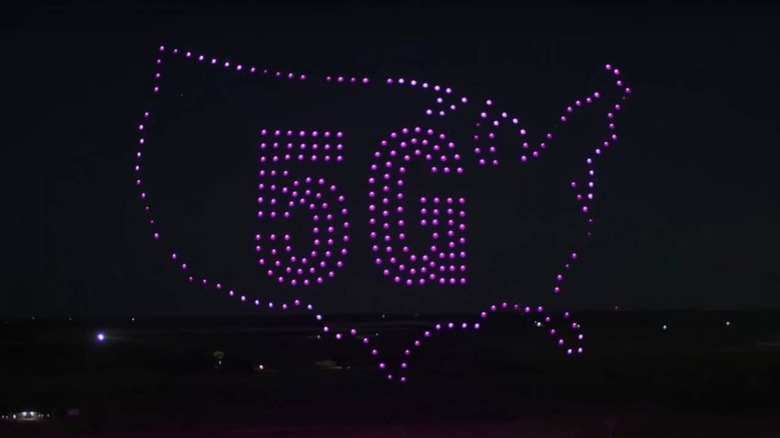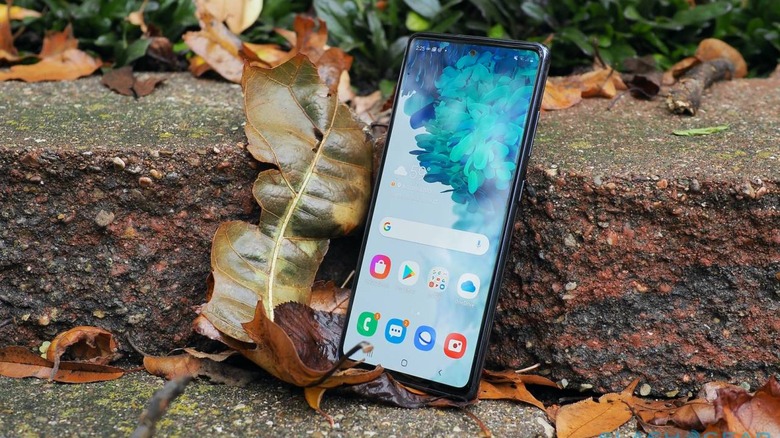Got A 5G Smartphone? What's The Right 'Plan' Forward
The whole 5G thing is becoming more of a story with the launch of some exciting new mobile phone models designed to take full leverage of the new wireless connectivity. As a new 5G smartphone pops-up with each passing day, we are seeing all prominent network carriers stateside doing their bit to ensure you have 5G coverage no matter what part of the country you're in. While these are early days and everyone's just working on increasing their portfolio – it seems appropriate to know, which of the top-tier carriers have what 5G plans you can choose from to get on from the word go.
All the holiday season discounts and sales are going to be a lucrative time to put your money on one of the exciting 5G phones – if you don't have one of the Samsung's or the Google Pixel's in your hand already. But if you ask, is now the best time to buy a 5G iPhone/Android phone, or do you still have time to go forth a year – or maybe two – with a 4G phone that you can own for way lesser? We have a whole coverage on a "short answer" to that big question.
Presuming you have invested in one of the 5G smartphones at this point – can't really blame the marketing carriers and phone-makers have indulged in to create the hype – you would need a good/cost-effective plan to go with it. The low-band 5G service is now almost deployed around the country by the big three, the Verizon, T-Mobile, and AT&T, if you may.
The low band fifth-gen mobile network is widespread but it's just a little of a bigger deal than the 4G LTE – yet, it offers the best coverage and forms the basis of 5G in the country. It transmits the data more reliably over longer distances. The faster millimeter-wave is still only spreading its wings and has reached a handful of areas – depending on the carrier of your choosing, the locations may change. This higher-frequency spectrum range is limited and can be susceptible to interference from buildings, walls, doors or even a hand between the transmitter and your device.
Coverage and bands are just one part of the plan – you need to know what suits your budget and requirement – because let's face it, there are still going to be dark areas where your phone will have to rely on 4G because 5G is not making it through in there. We are here going to focus on the unlimited plans that the network providers are carrying out; yes, with such blistering speeds at hand, you don't want to be capped with data limits. These are easy to upgrade to if you have an existing unlimited plan from the provider. If you don't have one, head down for an idea of what the carriers have to offer.
What has AT&T got
AT&T uses 850MHz (Sub-6GHz) 5G network, while the speedier mmWave service is called 5G Plus. 5G coverage has reached almost every state while the 5G Plus is only available in 36 odd cities at the movement. That said, to be part of AT&T's growing network, you'll need to dive into one of the company's unlimited plans. All three plans – Elite, Extra, and Starter include data, talk, and phone in the US, Mexico, and Canada.
For a single line, at $65 a month you can get the Starter's plan without hotspot capabilities. Jumping up by 10 bucks per month for the Extra, you get 50GB of premium data along with 15GB of hotspot data; sadly like in the Starter plan, videos here stream at standard definition. The Elite plan at $85 per month comes with the standard benefit of the Extra with tops like 100GB of premium data, 30GB of mobile hotspot, the option to stream videos at high definition, and free HBO Max subscription.
The Verizon plan
Unlike AT&T leveraging both ends of the spectrum, Verizon was relying on the mmWave technology (aka Ultra Wideband) solely for its 5G connectivity until recently at the iPhone 12 event the carrier announced that it has 850MHz low-band 5G network, which seeks to cover 200 million people. The company uses 28GHz and 39GHz bands to deliver high-speed connectivity but we are aware of the network issues – considering mmWave is susceptible to interferences. Nonetheless, Verizon is already offering a wide spectrum of plans to let you mix, match and save on the high-speed network.
For the comparison, we will relate the pricing for a single line. The Start unlimited plan at $70 a month provides only low-band 5G, no hotspot or the mmWave network. Step-up to the $80/month Play More plan, you get 50GB of premium data 15GB of hotspot tethering in addition to the low-band 5G connectivity. 4K video streaming is a possibility here along with Disney Plus, ESPN Plus and Hulu subscriptions. Finally, the Get More plan for $90 per month offers access to the Ultra Wideband connectivity with 50GB of premium data and unlimited mobile hotspot. In addition to the Disney bundle, Apple Music and 600GB of Verizon Cloud storage is included.
T-Mobile approach
T-Mobile follows a slightly different approach with 600MHz low-band spectrum along with the mmWave high-speed band. The network is spread nationwide with over 250 million people covered by the next-gen wireless connectivity. After acquiring Sprint's 2.5GHz spectrum, T-Mobile is now deploying mid-band 5G across the US as well. The Un-carrier offers a smooth transition from all types of old plans to either of the three unlimited 5G services – Essentials, Magenta, and Magenta Plus – the latter two are priced with taxes included.
The Essentials plan comes for $60 per month (for a single line) offering talk, text, and low-band 5G data. The mobile hotspot tethering is capped at 3G here. Going up to $70 per month for the Magenta plan you get 5G access at no extra cost and hotspot with 3GB of 4G LTE data. Not much changes with the $85 Magenta Plus, except that you get 5GB of high-speed data in Mexico and Canada, hotspot is scaled to 20GB of 4G LTE data, and you are up for Netflix and HD streaming.
Wrap up
What carrier you go with or what plan you take up is entirely your part of the choice. You may want to be informed that pricing can go down a bit if you add more lines than one. Taking up a plan for a couple of members together could make the difference in the cost you're looking for as you embrace 5G for the first time.




